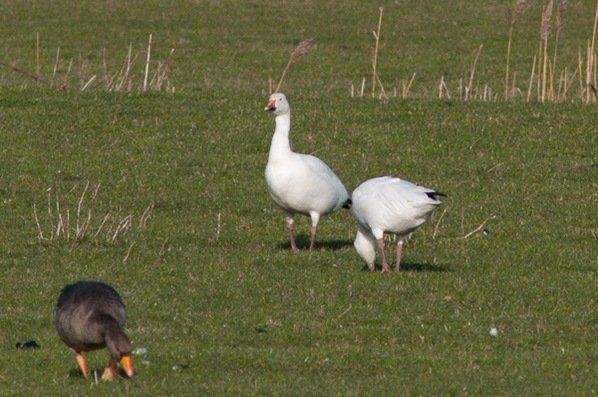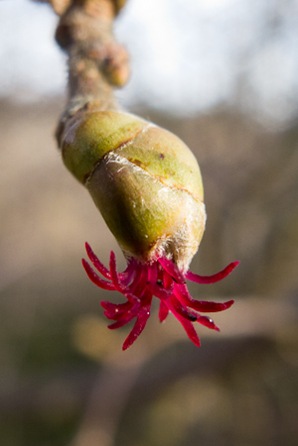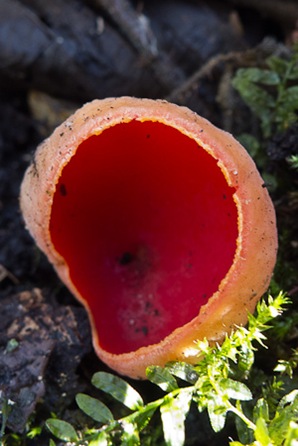Sunday 26 February 2012
Sunday 19 February 2012
1st day of Spring
Whilst officially Spring doesn’t begin until mid March over the past couple of weeks its finally started to slowly arrive. In fact after spending a day walking around in the sunshine close to Morecambe Bay we’ve decided that this year Spring arrived on the 19th February. With the temperature forecast to reach the dizzying heights of 15C later on this week it might even be overtaken by summer. |
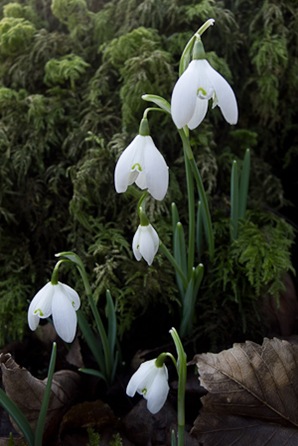 Snowdrops at Gait Barrow NNR | 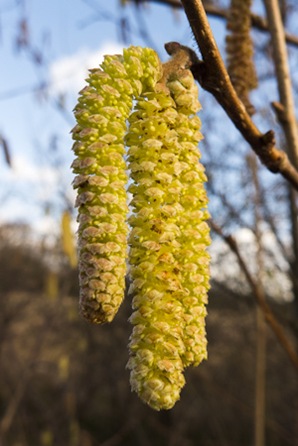 Pollen bearing Hazel catkins at Kenworthy Wood |
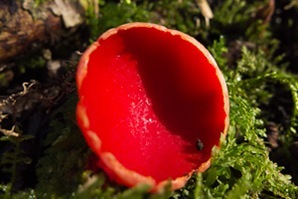 Scarlet Elfcups at Leighton Moss. | 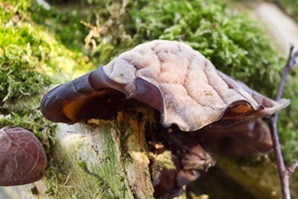 Jews ear fungi on Elder at Leighton Moss |
Subscribe to:
Posts (Atom)

